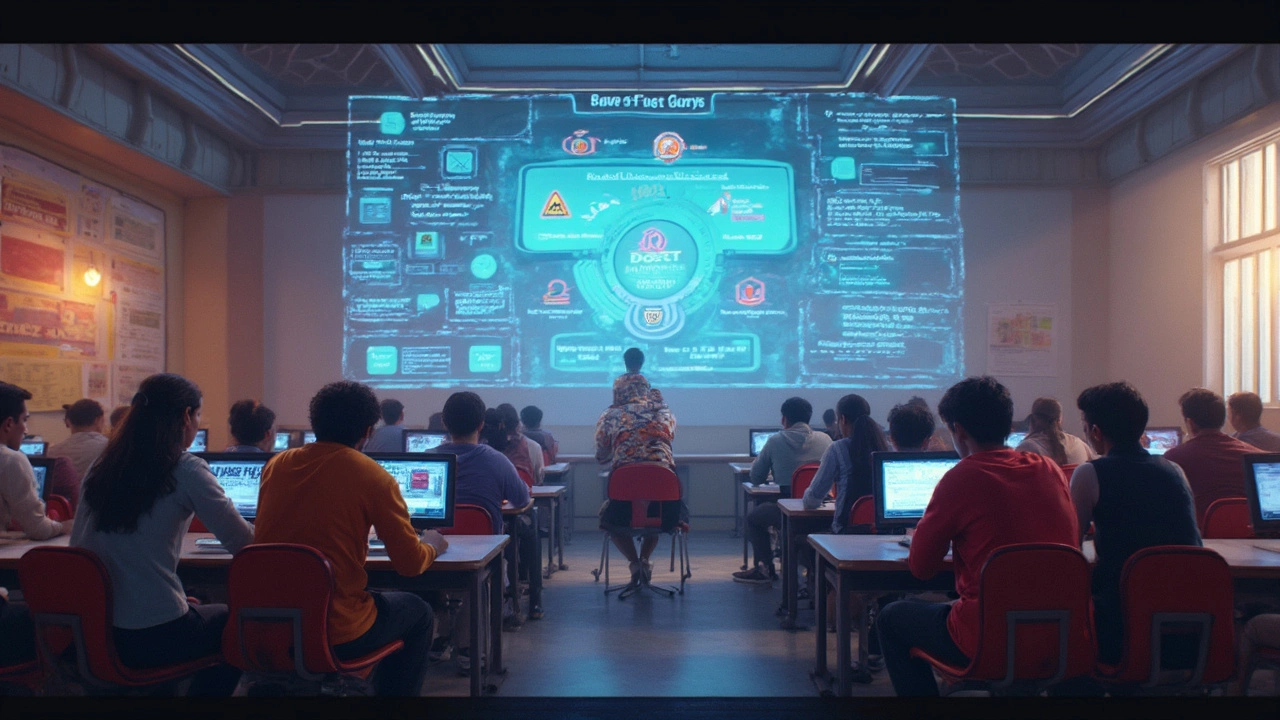First Coding Language: How to Choose & Start Coding Today
Feeling stuck on which language to learn first? You’re not alone. Every coder has faced the “what should I start with?” question, and the answer hinges on what you want to build, how you learn, and how quickly you need results.
In this guide we’ll break down the three most popular starter languages—Python, JavaScript, and Java—highlight their strengths, and give you a step‑by‑step roadmap to write real code within days.
Why Python Wins Most Beginner Battles
Python reads like plain English. Its syntax is clean, meaning you spend less time wrestling with brackets and more time seeing results. That’s why data‑science labs, web‑scraping tools, and even introductory AI courses start with Python.
Start with the official python.org installer or a free cloud IDE like Replit. Write a simple print("Hello, world!") program, then tinker with variables, loops, and lists. Within a week you’ll be able to automate a boring task—like renaming files—without digging into complex setup.
When JavaScript Is the Better First Choice
If your goal is to build websites or interactive front‑end features, JavaScript is the language that runs straight in the browser. No extra compiler, no install hassle—just open a file in Chrome and you’re live.
Begin with a <script> tag in an HTML file, change the page’s background color, and watch the result instantly. The instant visual feedback keeps motivation high, and you’ll quickly understand events, DOM manipulation, and async calls.
Both Python and JavaScript have massive communities, tons of free tutorials, and job boards that love entry‑level projects. Pick the one that aligns with what you imagine building, and you’ll stay motivated.
Here’s a quick three‑step plan to get you coding right now, no matter which language you chose:
- Set up your environment. Download Python or open a browser for JavaScript. Verify it works by printing a line of text.
- Follow a tiny project. Build a calculator, a to‑do list, or a script that pulls weather data from an API. Projects give context to every new concept.
- Practice daily. Spend 20‑30 minutes solving simple challenges on platforms like HackerRank or freeCodeCamp. Consistency beats marathon sessions.
Remember, the “best” first language isn’t a universal truth; it’s the one that matches your interests and lets you see results fast. Choose, install, build a tiny project, and you’ll be on the path to more complex coding adventures before you know it.
- February
22
2025 - 5
which programming language learn first
Choosing your first programming language can indeed be tricky, especially with countless options available. This article explores factors to consider when selecting a language, focusing on practical applications, ease of learning, and career opportunities. It provides tips on useful courses and eLearning platforms, answering common queries such as 'Which programming language should I learn first?' and examining regional educational resources like Raiganj Surendranath College. Additionally, it offers insights into online course certificate value and other educational avenues.
Read More- February
16
2025 - 5
order to learn programming languages
Choosing the right order to learn programming languages can be daunting, especially with so many options on the table. With a focus on practicality, explore the most effective starting points and gain insights into valuable online course certificates in India. Also, uncover tips on how to navigate the competitive landscape of learning languages like Python, JavaScript, and more, while highlighting unique training opportunities at institutions like Raiganj Surendranath College.
Read More- February
11
2025 - 5
which online course certificate is valuable
Choosing the right online course can make a difference in career advancement. Learn which certificates hold real value in India, and get guidance on the best coding languages to start your programming journey. Explore top eLearning platforms and understand the importance of structured learning orders. This article provides insights and tips on making informed educational choices.
Read More

